Why artists in Singapore Biennale 2016 think history is so important
SINGAPORE — Stories of different countries’ roots and colourful histories will be the focus of the artists showing at the Singapore Biennale 2016, which opens today.
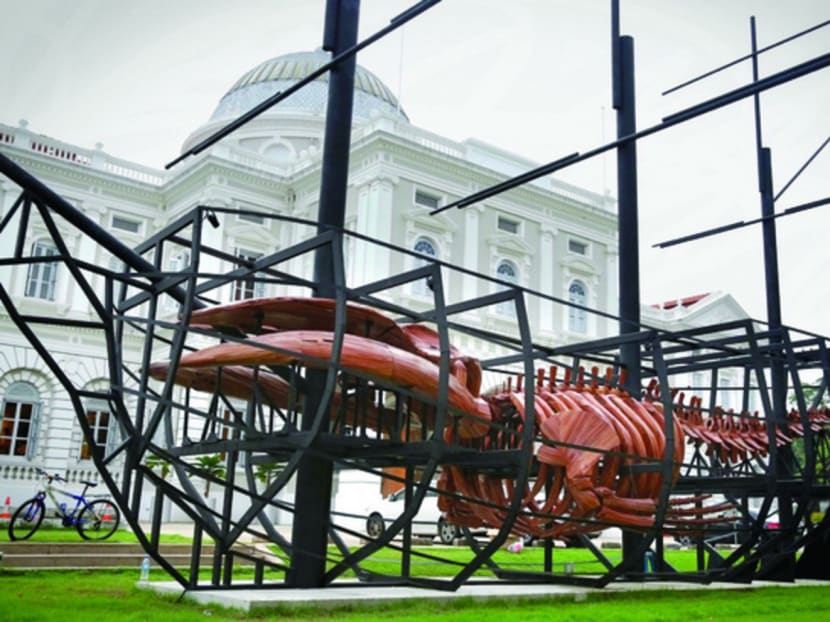
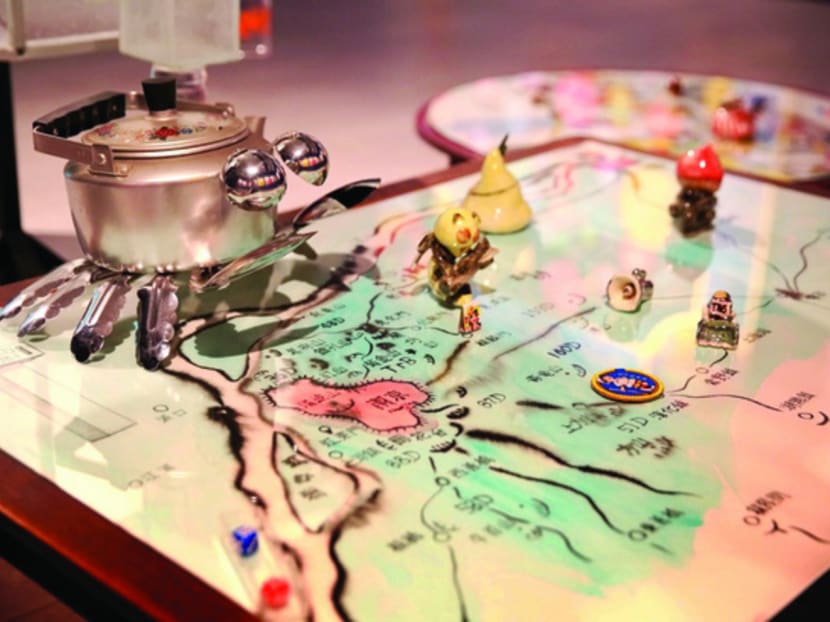
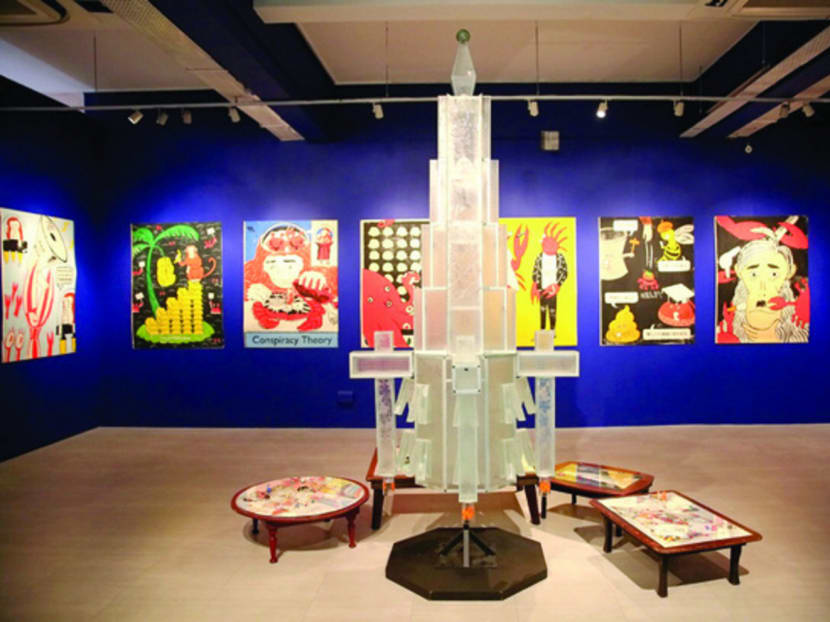
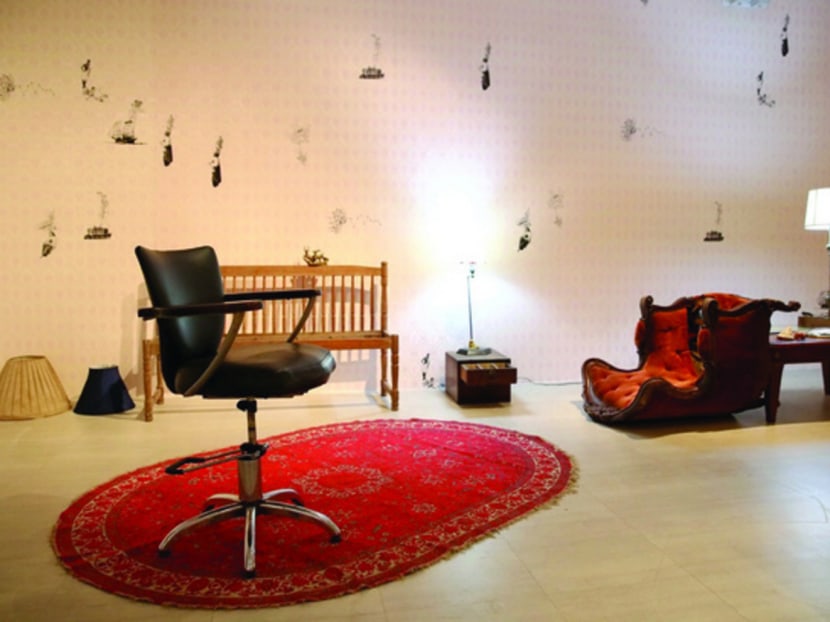
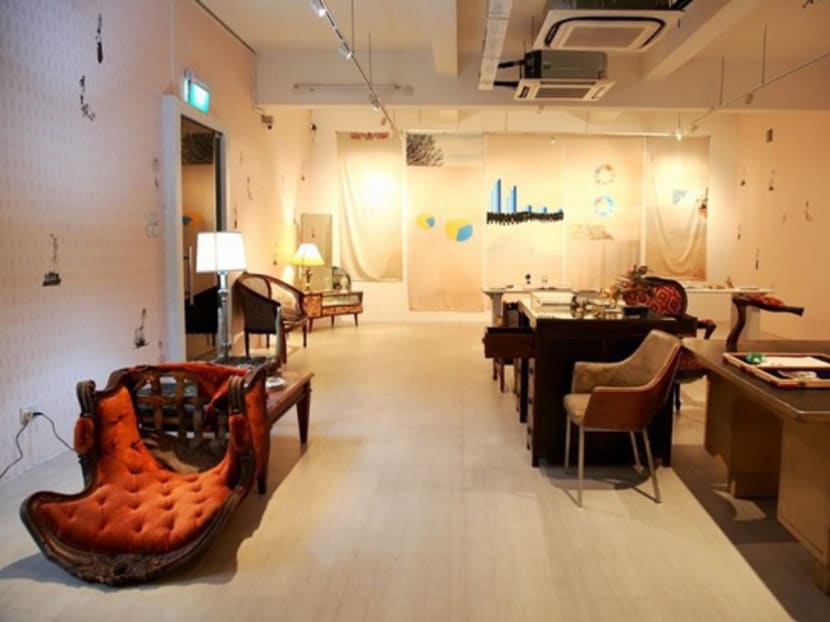
SINGAPORE — Stories of different countries’ roots and colourful histories will be the focus of the artists showing at the Singapore Biennale 2016, which opens today.
Both local and international artists will be displaying 58 works commissioned or adapted based on the theme of An Atlas of Mirrors, all of which depict the diverse histories of their own countries and the region.
At the National Museum’s front lawn for instance, stands a looming large-scale installation — a confabulation of a whale and a ship made entirely of wood, welded steel and concrete, The Great East Indiaman by Singapore artist David Chan. It is a site-specific work, paying homage to the National Museum’s beginnings as a Natural History Museum, recalling the skeleton of an Indian fin whale that was once the highlight of the museum.
Although presented as a reimagining of a myth which believes that a mystical, now-extinct whale had brought Sir Stamford Raffles to our shores, Chan’s work is grounded in rigorous historical research.
Chan, 37, said: “I read about how one in every forty ships were capsizing during the 1800s. It was something I came across while reading about ships. Then I imagined Raffles coming to Singapore and I realised it must not have been a smooth journey. I went to the archives to research and, sure enough, there was an incident where he met a drunken captain who got them stranded on the beach in Malacca until a ship went to rescue him.”
“I decided to give attention to the ship that brought him here and not Raffles himself, because when you drive a good car or a bad car, it makes a difference,” he quipped.
Speaking at a press conference on Tuesday, Susie Lingham, creative director for the Biennale explained that the theme “references the atlases and mirrors that have been instrumental in humankind’s exploration of the world as we navigate and map our journeys into the unknown”.
The Singapore Biennale, which is now in its fifth edition and organised by the Singapore Art Museum (SAM), will have works from 63 artists and art collectives from 19 countries across South-east Asia, East and South Asia. The National Museum is one of eight venues in the arts and heritage district, comprising nine zones with specific curatorial themes of their own such as space, time, memory, nature, boundaries and agency .
Overseas stories
For Biennale artist Nobuaki Takekawa from Tokyo, Japan, looking back on history at this point in time is inevitable and crucial, especially for his country. “Previously when there was economic growth, Japanese people did not look back on history. But we have had nuclear disasters and economic growth has stopped, so now we must look at history. Now we must encounter history.”
The massive earthquake and nuclear accident of 2011 in Japan spurred Takekawa to question the rapid progress of a “Western-originated” world, and to reconsider the history of mankind and the origins of technology.
His installation work Sugoroku — Anxiety of Falling from History fills a room on the third floor of SAM at 8Q with a glass rocket sculpture in the middle surrounded by Japanese board games on tables. The rocket is inspired by the great interest in space and technology during the 1950s and 1960s, and is a playful reference of the past.
The 39-year-old artist is no stranger to Singapore, having exhibited here at the Ota Fine Art Gallery at Gilman Barracks in 2013. He is known for presenting unlikely alternatives to Western-centric narratives with reconstituted maps, charts, and distinctive objects, which he showcases in a quirky, colourful and animated manner at the Singapore Biennale.
In the adjoining room, visitors will come across works by Ade Darmawan — the Indonesian artist announced as one of five shortlisted for the 11th Benesse Prize held by Benesse Art Site Naoshima in conjunction with the Biennale.
Paintings, prints, photographs, found objects and furniture are placed in a meticulous composition that creates a sense of stillness for the visitor. Titled Singapore Human Resources Institute, the work continues the artist’s interest in the history of capitalism and its relationship with contemporary life. For him, objects tell stories.
“To me, the flea market is like a museum. When I go to any city in the world, I go to the flea market, I can see how people think, consume, and the stories they share,” said the 42-year-old artist.
Fascinated by the dynamic history of Indonesia and the region in the 1950s and 1960s, Ade did some research and discovered that Singapore had something called the Human Resources Institute which was founded in 1965 to promote human resource management and play a role in the country’s development. So the artist decided to create an imagined space commemorating this organisation.
“So if you see the work, it is a collection of interpretations of certain stories found — all the images, all the objects are found. I compose objects, I do not make them. I like how they can talk to each other and bring out the stories of the past,” Ade shared.
The Singapore Biennale runs from today to Feb 26, 2017. Tickets are available from Sistic.





